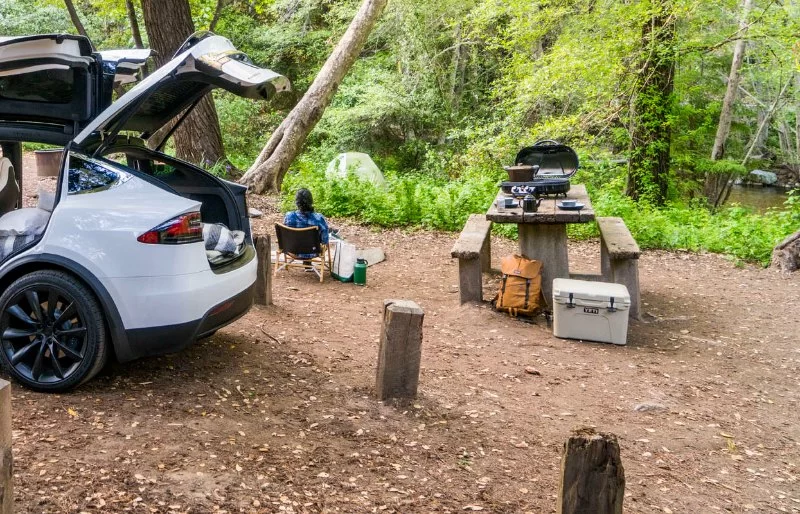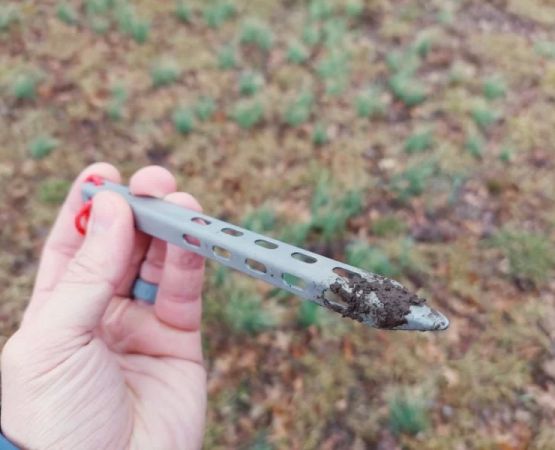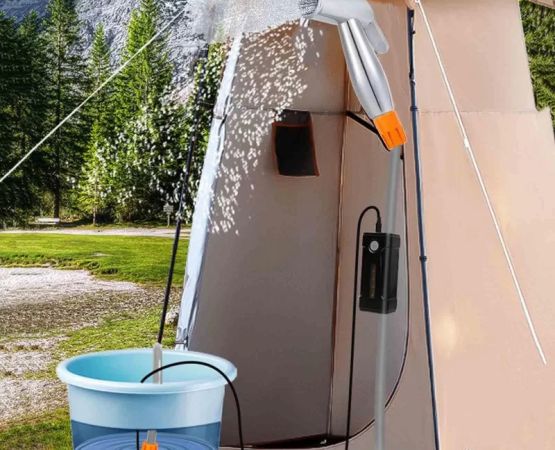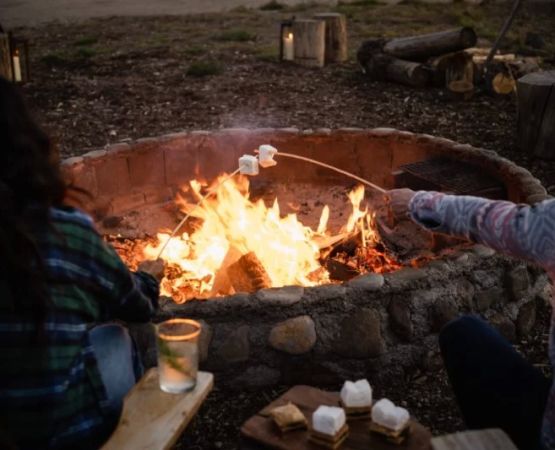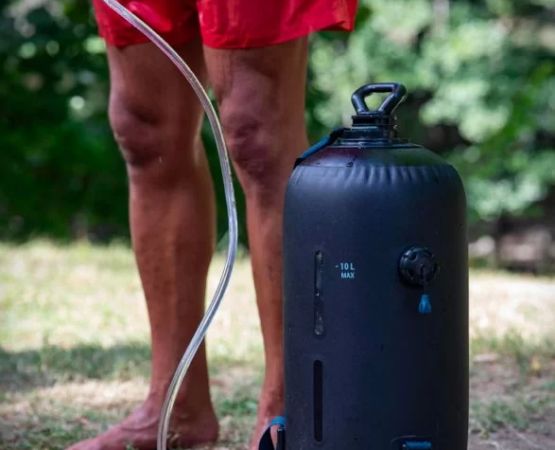- essential-gear-for-winter-car-camping-with-a-portable-heater
- understanding-the-winter-car-camping-challenge
- choosing-a-safe-and-effective-portable-heater
- insulation-and-warmth-beyond-the-heater
- sleeping-system-considerations-in-subzero-conditions
- smart-storage-and-power-strategy
- personal-experiences-and-winter-camping-wisdom
1. Essential Gear for Winter Car Camping with a Portable Heater
For outdoor enthusiasts, car camping in winter is both a challenge and a thrill. It offers pristine snowy landscapes, star-filled nights, and a deep sense of solitude—but staying warm and safe is crucial. Whether you're a seasoned overlander or planning your first cold-weather adventure, bringing the essential gear for winter car camping with a portable heater can make all the difference. From heating to insulation, this guide explores the real tools, strategies, and stories that can help you camp smart and stay cozy even when temperatures drop below freezing.
2. Understanding the Winter Car Camping Challenge
Winter camping isn’t just summer camping with an extra blanket. It requires a shift in mindset and planning. The body loses heat faster in cold, damp environments, and condensation buildup inside the car can lead to both discomfort and danger. Fuel efficiency also drops in colder weather, meaning car heaters become unreliable for long-term warmth. That’s why portable heating systems, insulation techniques, and a layered approach to gear are essential.
2.1 The Myth of the Car Heater
Relying on your car’s built-in heater overnight is not only inefficient but also risky due to carbon monoxide buildup. Instead, a dedicated portable heater built for enclosed spaces gives you targeted warmth without compromising air quality. Brands offering propane or battery-powered heaters with safety shut-offs are recommended.
2.2 Case in Point: A Cold Wake-Up in the Rockies
On a trip near Banff, a traveler named Alex shared how his car’s internal heater died after three hours, leaving him to shiver through the night. The next day, he picked up a portable catalytic propane heater and later said, “It turned a miserable experience into something memorable.”
3. Choosing a Safe and Effective Portable Heater
Picking the right heater is at the core of successful winter car camping. Options include electric heaters (best used with portable power stations) and propane units like the Mr. Heater Little Buddy, which are made for small, enclosed areas and come with oxygen sensors and automatic shutoff features.
3.1 Heater Safety Must-Knows
Ventilation is essential. Even heaters rated safe for indoor use need proper airflow to prevent moisture buildup and air stagnation. Always crack open a window or sunroof slightly. Use a carbon monoxide detector as a backup layer of safety. And never sleep with the heater on unattended—warm up the space, then switch to insulated sleeping gear.
3.2 Where to Find Reliable Heaters
For trustworthy gear and practical recommendations tailored to your specific winter travel route, visit Pine Cliff Resort. Whether you're camping near a forest or at elevation, they offer curated outdoor products and heater-safe accessories based on actual user reviews.
4. Insulation and Warmth Beyond the Heater
Even with a heater, insulating your vehicle is vital to heat retention. Think of your car as a tent on wheels—it needs layers to trap warmth and block drafts. Reflective window panels, insulated sunshades, and foam pads along the vehicle’s floor and doors all reduce heat loss.
4.1 DIY Insulation That Works
Many campers use Reflectix (a reflective bubble wrap insulation) cut to window size to minimize heat transfer. Others combine wool blankets with shower curtains to create DIY thermal curtains that separate the sleeping area from the rest of the vehicle. It’s budget-friendly and extremely effective.
4.2 Keeping the Moisture Out
Moisture can quickly ruin warmth. Keep wet clothes and snow boots in a sealed plastic bin outside your sleeping space. Use moisture absorbers or silica packs to reduce condensation, especially if you're breathing in a confined car cabin overnight.
5. Sleeping System Considerations in Subzero Conditions
A heater helps, but your sleeping system is your true defense against the cold. Layered sleeping bags, insulated sleeping pads, and thermal liners are critical. Don’t forget that heat escapes from underneath more than from above, so insulating the car floor is just as important as the top layers.
5.1 Sleeping Bags Rated for Winter
Look for bags rated at least 10°F lower than the expected temperature. Down-filled bags offer excellent warmth-to-weight ratios, but synthetic bags maintain insulation better in damp conditions. Many seasoned campers also use a fleece liner to add 10–15 degrees of warmth to their setup.
5.2 Body Heat Retention Tips
Wear a hat to bed—heat escapes rapidly from your head. Avoid overdressing, which can restrict circulation and make you colder. Instead, use breathable thermal layers. Before sleeping, eat a calorie-rich snack to give your body fuel to generate heat overnight.
6. Smart Storage and Power Strategy
Efficient packing matters even more in winter. Cold batteries drain faster, so storing electronics and power banks in insulated pockets or sleeping bags keeps them functional. Additionally, use bins for organizing gear—one for sleeping, one for cooking, and one for tools and emergency items.
6.1 Power Station Pairings
Portable power stations like Jackery or EcoFlow models allow you to run electric blankets or recharge phones without relying on your car battery. Make sure your heater choice is compatible with your power source if you're going electric.
6.2 Food and Hydration Prep
Don’t forget about food. Cold weather increases calorie needs. Use insulated flasks for hot drinks and soup, and bring easy-to-prepare, high-fat meals. Keep water bottles inside the car or in your sleeping area to prevent freezing.
7. Personal Experiences and Winter Camping Wisdom
No gear list is complete without the wisdom of those who’ve tested it in real snowstorms. One frequent winter camper, Sara, once had her sleeping bag freeze stiff on the outside due to overnight condensation. Her solution? She now runs her heater for 30 minutes before bed and again at dawn, combined with solid ventilation. It’s these small insights that make winter car camping not just survivable—but truly enjoyable.
7.1 Gear You Might Overlook (But Shouldn’t)
Hand warmers, boot liners, a thermos-safe urinal bottle, and a windshield heat shield are often ignored but prove invaluable. Planning for comfort means thinking beyond the obvious. Explore the full winter gear kits at Pine Cliff Resort to discover tested items trusted by cold-weather campers.
7.2 The Mental Game
Perhaps the most essential gear isn’t physical at all—it’s mindset. Cold camping builds resilience and appreciation for simplicity. With the right preparation, including a dependable portable heater, you’ll experience nature’s raw beauty in a way few others dare to try. And when done right, you’ll want to do it again.

